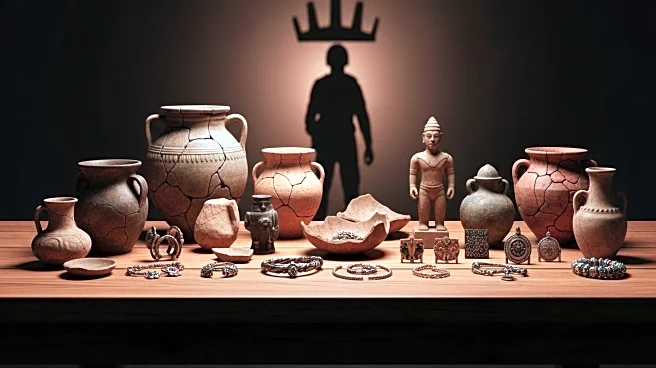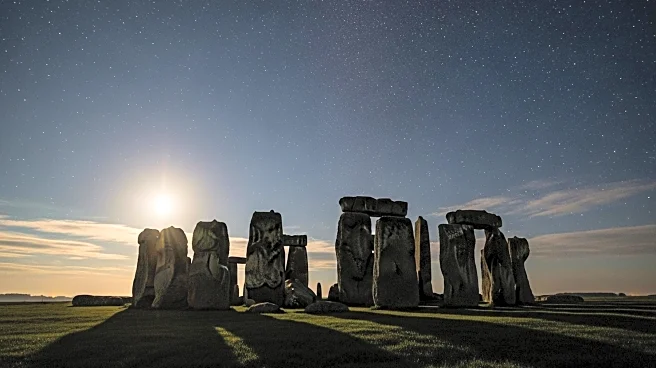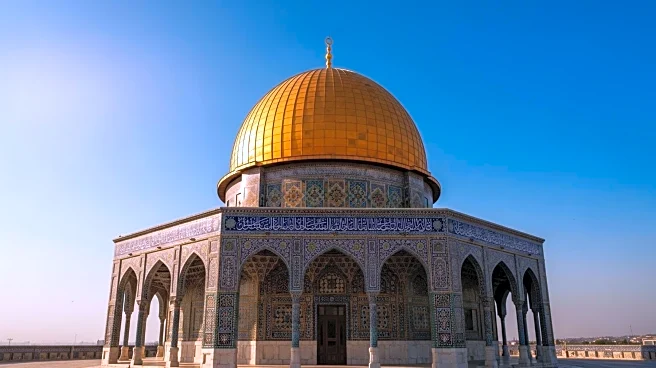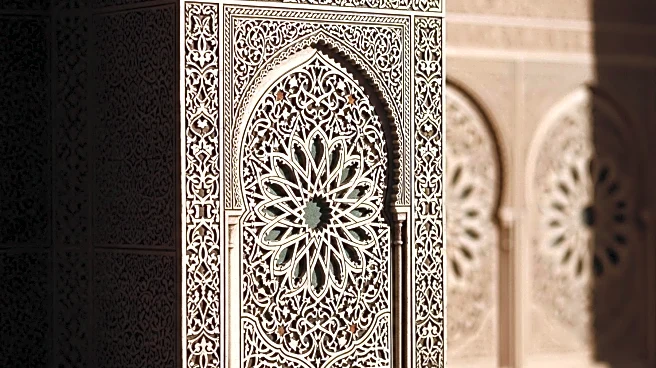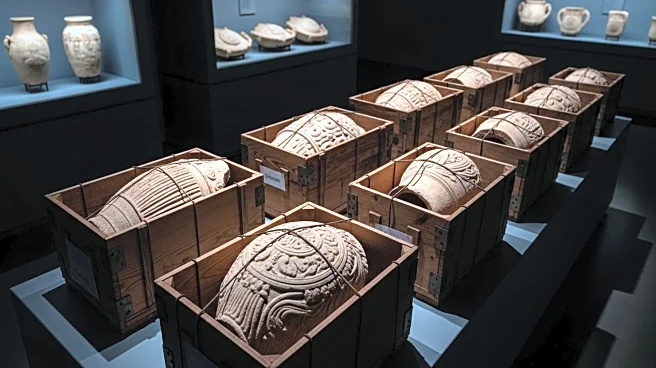What is the story about?
The Dome of the Rock's timeline is a fascinating journey through history, marked by significant events and transformations. From its initial construction in 691 CE to its present status as a UNESCO World Heritage Site, the shrine has witnessed numerous phases that have shaped its legacy.
Origins
The origins of the Dome of the Rock date back to 691 CE when the Umayyad Caliphate, under Caliph Abd al-Malik, embarked on its construction. The decision to build the shrine in Jerusalem was influenced by religious and political factors, aiming to establish a prominent Islamic presence in the city.Key Phases
Throughout its history, the Dome of the Rock has undergone several key phases, including architectural renovations and restorations. The original dome collapsed in 1015 and was rebuilt in 1022-23, showcasing the resilience and commitment to preserving the shrine's integrity. These phases highlight the ongoing efforts to maintain its architectural and cultural significance.Turning Points
A major turning point in the Dome of the Rock's history was the decision to cover the dome in gold in 1920, enhancing its visual impact and reinforcing its status as a symbol of Islamic heritage. This transformation marked a new era in the shrine's narrative, attracting global attention and solidifying its place in religious and cultural discourse.Present Status in Source
Today, the Dome of the Rock stands as a revered Islamic shrine, attracting visitors from around the world. Its status as a UNESCO World Heritage Site underscores its importance in global cultural heritage. The shrine's architectural beauty and historical significance continue to captivate audiences, making it a focal point for religious and cultural exploration.AI Generated Content
Do you find this article useful?


